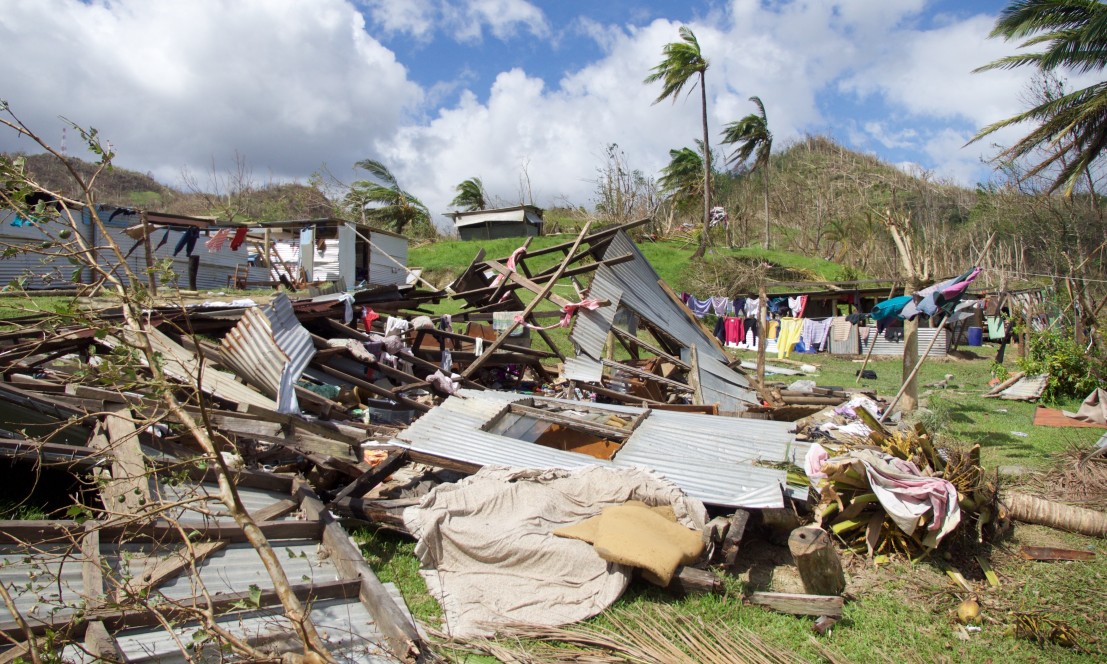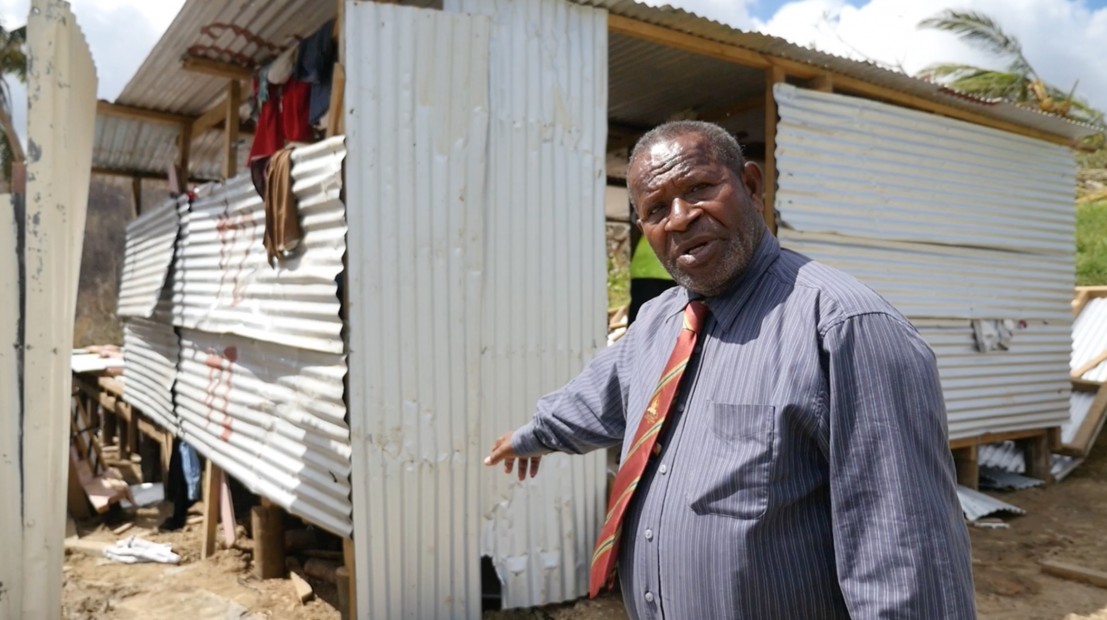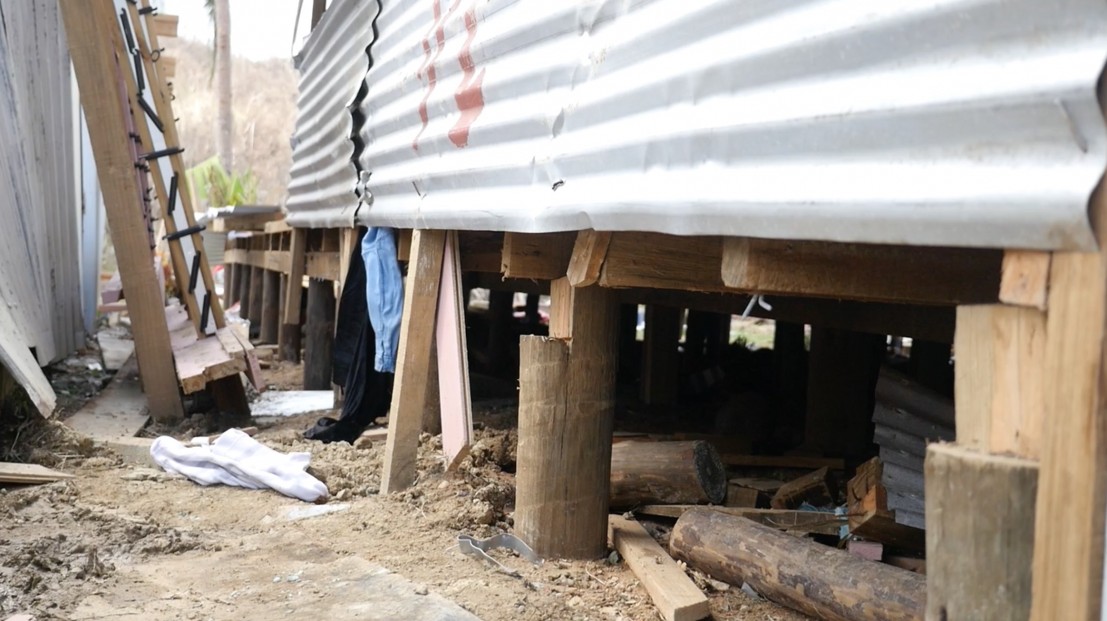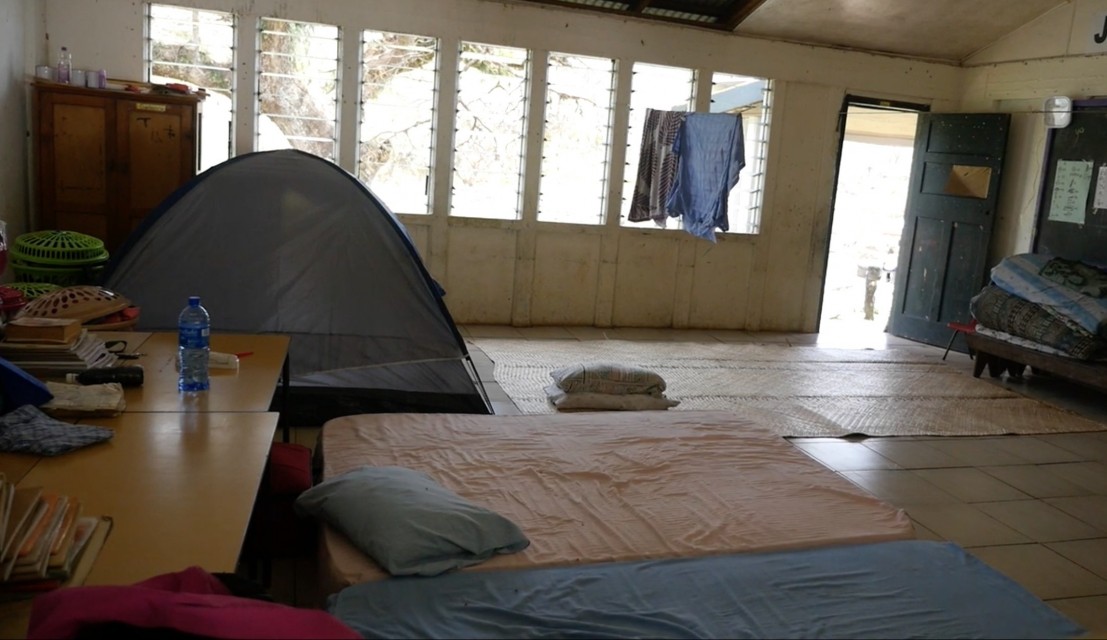Fiji: The Eye of the Cyclone
1 March, 2016
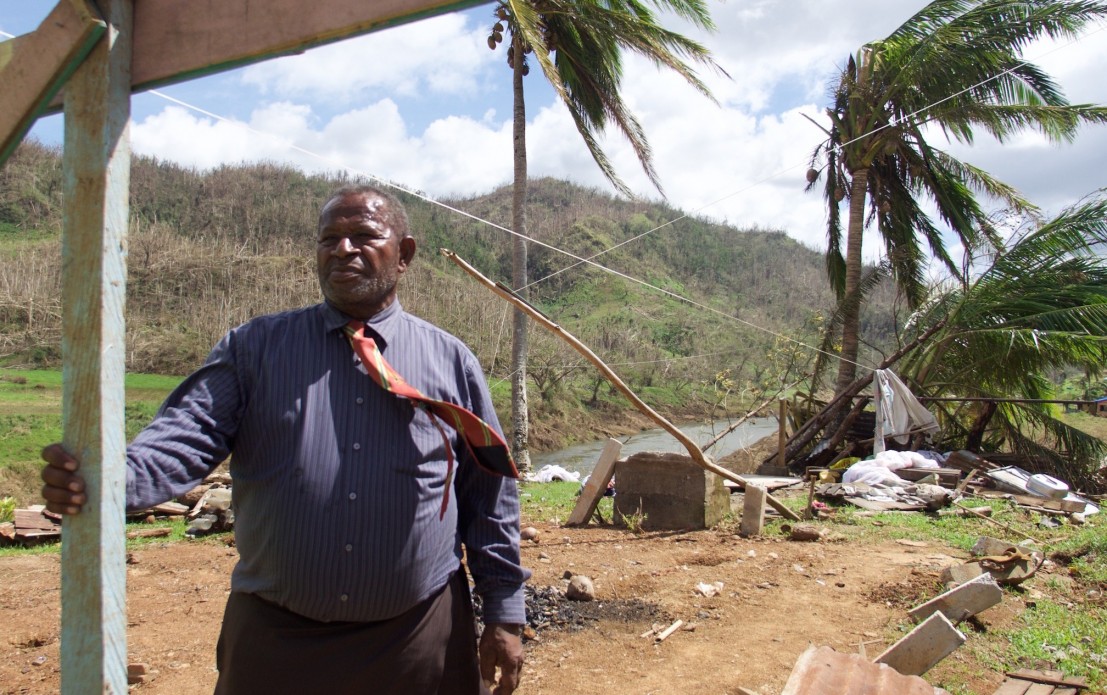 It was early in the afternoon on Saturday February 20. George and his family had just returned from church up the road in Naqia village on the eastern side of Viti Levu, Fiji’s main island. They knew that Cyclone Winston was on its way, but like many they were taken by surprise when it arrived. It had earlier been predicted to hit during the early hours of Sunday morning. As the winds blew harder and stronger, they sought shelter in a church building in the middle of their village. But as the cyclone became even stronger, that church started shaking.
It was early in the afternoon on Saturday February 20. George and his family had just returned from church up the road in Naqia village on the eastern side of Viti Levu, Fiji’s main island. They knew that Cyclone Winston was on its way, but like many they were taken by surprise when it arrived. It had earlier been predicted to hit during the early hours of Sunday morning. As the winds blew harder and stronger, they sought shelter in a church building in the middle of their village. But as the cyclone became even stronger, that church started shaking.
They were scared it would blow away, so they ran across to the newly-built community centre. It would stand during the storm, they thought. But such was the force of the wind that soon it too had its roof blown off. As a desperate last attempt to survive, they clambered under the building where they stayed all night, even after the cyclone passed. “We were very scared,” George tells me. “We have gone through many hurricanes but this is the strongest.”
His comments echo just about everyone’s who lived through the ferocious storm. Cyclones are not uncommon in Fiji, but this was something else altogether. Tragically, George says not everyone survived. “One died and two injured.” George recalls how he came across the man’s body on Sunday morning after the cyclone had cleared. As they searched through the debris of their homes, they found him headfirst in the mud. “The man was in the house at the same time the hurricane blew the house that way,” George points. “Down the slope. The woman managed to escape.”
He had been trying to tie down his roof when he was blown off, landing headfirst in the mud, breaking his neck, back and legs. He lay there in agony until being found the next morning. He was still alive, George says, so they took him the nearest hospital which was overflowing with casualties, itself damaged and unable to cope with demand. But they couldn’t save him, so his friends took him back home and buried him the same day. George stares into the distance, trying to comprehend the loss of life. There are houses missing roofs, walls and even floors. One home ended up on the other side of a valley, with only its concrete foundations as proof of its original position. Unsurprisingly, George says they are desperate for shelter. “The biggest need is for us to build houses,” he says. For the first week after the cyclone, George and 87 other people were able to stay at a school acting as an evacuation centre in the next village. But school had to resume, meaning people were left homeless again. “The government told us on Monday we must leave the school and come back here,” George says.
There are other needs too. Food is becoming scarce as crops were wiped out. Hygiene and clean water facilities are also important to stop the spread of disease, which is all too common after disasters like this. To meet these needs, ADRA has so far distributed 500 food kits. These contain 8kg of rice, 4kg of lentils, eight tins of tuna, 4kg of brown sugar and 1kg of biscuits. It’s enough to sustain a family of six for a week. As well as food, ADRA has given out 600 hygiene and WASH kits. These include antibacterial soap, sanitary pads, a 10L water container, water purification tablets and a first aid kit. In addition, 244 households received a water filtration system to ensure they can have clean water to drink and stop the spread of waterborne disease. Your donation to our Disaster Relief Fund will help people in times of disaster receive vital support to rebuild their lives. Please donate now. ~ ~ ~ By Josh Dye ~ ~ ~
 1800
242 372
1800
242 372